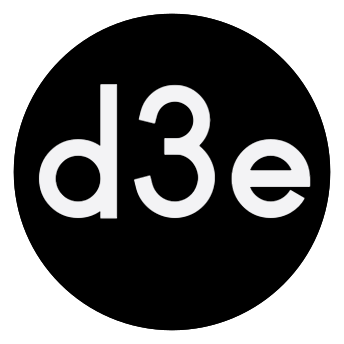Web designers are expected to stay up to the minute on design features, social media changes, and the latest tools available to create all of the materials needed for marketing a business. Canva is one of the tools that makes a designer’s work a bit easier. There is a reason that the platform has 4.5 million users plus and out of those users, about 200,000 companies participating.
Designers may hesitate to use a tool like Canva, because they may worry such tools eat into their business. After all, if it is easy for a company to pop onto Canva and resize a photo or create a simple Facebook banner, then why would they hire you to do the work for them?
Despite such concerns, you still have to have a basic amount of ability to use a tool like Canva. There are actually many reasons why web designers should take a look at Canva to add to their arsenal of tools.
1. Manage Projects

One of the benefits of using Canva is that you can create team templates that everyone on your design staff can access. For example, let’s say that you have a client who wants regular social media posts created. However, that client wants all the posts to match and to meet the same specifications of the overall brand.
The designer can create templates and allow every designer on the team to access those templates to create visuals for social media. So, if your client wants a quote layered on an image on Monday, a photo of their product in use on Tuesday, and so on, all of these elements will look similar thanks to the template. Using a template can also save your team time on design work.
2. Optimize Featured Images
Imagine your client gives you one image and asks you to use it on Pinterest, Facebook, their website and in several other marketing areas. “Make it look a little different for each,” the client tells you. That is doable of course. You just have to change the image a bit and find different ways to utilize it.
First, be sure that you have high resolution images. Nothing’s worse than a great design but horrible quality images. When optimizing featured images, Canva makes this process simple. You can use their templates and plug in the image instead of the image Canva sells. Even better, you can use the template specifically made for a Twitter post, for example.
Plug in the photo, plug in any other elements and you have a perfectly sized and unique template for each social media platform.
3. Quickly Create Complicated Layouts

When you need to include multiple images in content or overall design, the custom canvas is an excellent solution. Use the grid to create a custom layout within the proportions needed for the project.
Once you’ve loaded your customized size, simply click on the “Layouts” tab. This will show you some different configurations. Choose the one that works for your purposes. Your design process is now just a matter of dragging and dropping your images into the layout boxes provided in the design.
4. Design Faster for Multiple Platforms

Another feature of Canva that designers will appreciate is the ability to resize a project. Let’s say you’ve created a book cover for a client for an ebook. The client also wants that same design to become an ad for Facebook. Thanks to Canva’s resize tool, you can simply change the dimensions of the design and save it for a new purpose. Canva will adjust the proportions so the image looks professional.
In addition, you can quickly see what the typical dimensions are on the main page of the Canva design tool. There is a list of project types, including website banners, Facebook ads, and even Google+ banners.
A Few Pro Tips for Using Canva
Although Canva is pretty intuitive software, you can get the most out of it by following these tips:
Canva is a unique platform that you can add to your design arsenal. Because much of the layout work is already completed for you, using Canva can speed up your design process, especially for social media marketing tasks.
Author Bio: Lexie Lu is a freelance graphic designer and blogger. She keeps up with the latest design news and always has some coffee in close proximity. She writes on Design Roast and can be followed on Twitter @lexieludesigner.
